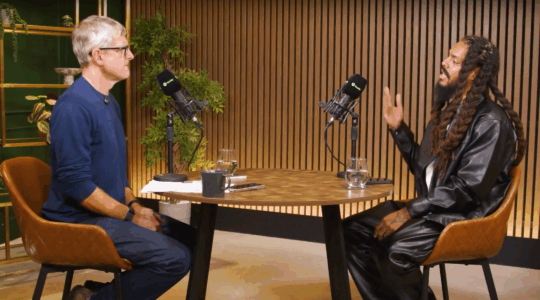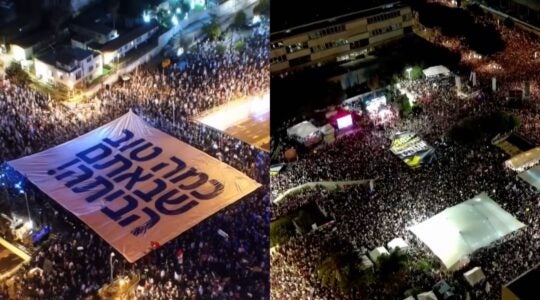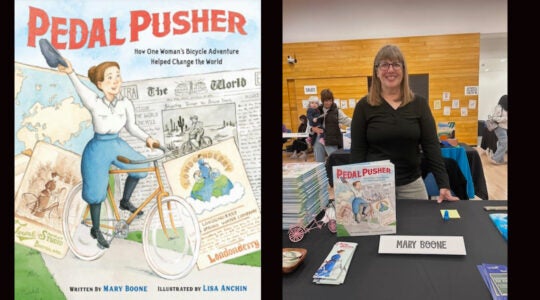Historically Jewish neighborhoods in New York usually call to mind crunchy pickles on the Lower East Side and Hasidic butcher shops in Brooklyn. One neighborhood that doesn’t often get evoked–but probably should–is Harlem.
In the early 20th century, the Manhattan neighborhood above 125th Street, with tenement housing that was affordable and plentiful, was a hotbed for Jewish immigrants. It was far enough from the bustle of mainstream Manhattan to feel like a family-centered neighborhood, but still close enough so that day-jobbers could catch a single subway to work. With more room than the cramped, single-room Lower East Side flats, Harlem was an ideal place to raise a family. The neighborhood was replete with synagogues, Jewish schools, and kosher stores–for instance, the Harlem bet hamidrash (study hall) in the image on the right.
During WWI, Harlem’s overcrowding reached its peak. Soon after, in the early 1920s, Jews moved on to the greener pastures of Brooklyn and New Jersey. Meanwhile, the cultural movement of the Harlem Renaissance was occurring among the neighborhood’s growing African-American community–an explosion of new musical styles, literature, and film, effectively rewriting the neighborhood’s identity. Today, Jewish Harlem remains one more long-forgotten story in a city that’s full of them.
JTA has documented Jewish history in real-time for over a century. Keep our journalism strong by joining us in supporting independent, award-winning reporting.





